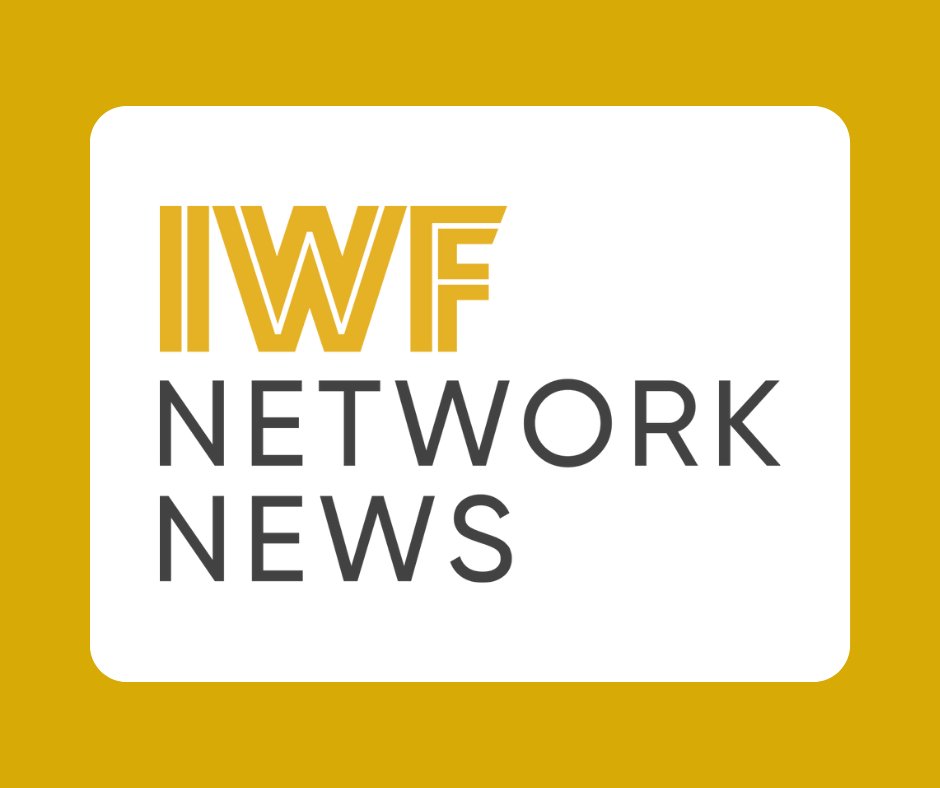US Homebuilders Say Things Are Looking Up for ‘24

By: Warren Shoulberg
The construction industry still has a long way to go to get back to its boom days but new data suggests builders are getting more optimistic.
Increasing consumer demand coupled with small drops in mortgage rates are all pointing in the same direction for US homebuilders: Up.
New statistics from the National Association of Home Builders (NAHB)/Wells Fargo survey released for January show sentiment for homebuilders climbed by the most it has in nearly a year. The gauge jumped seven points, the association said. “Lower interest rates improved housing affordability conditions this past month, bringing some buyers back into the market after being sidelined in the fall,” NAHB chair Alicia Huey said in a statement. “Single-family starts are expected to grow in 2024, adding much-needed inventory to the market.”
Mortgage rates remain at elevated levels, but they are starting to recede from their October 2023 peak of nearly 8% and in some cases are down to near 7%. The group sees expected housing sales increasing by 12 percentage points, the most since mid-2020 when the pandemic first took hold of the U.S. economy. Even with the rise the index is still below pre-pandemic levels.
Bloomberg, in reporting these numbers, said some builders are cutting back on price cuts. While 31% of builders surveyed said they were lowering prices, that was the lowest share since last summer. The average cut was 6%, consistent with previous months. Builders were most optimistic in the South and West as buyer traffic rose to four-month highs across the nation.




